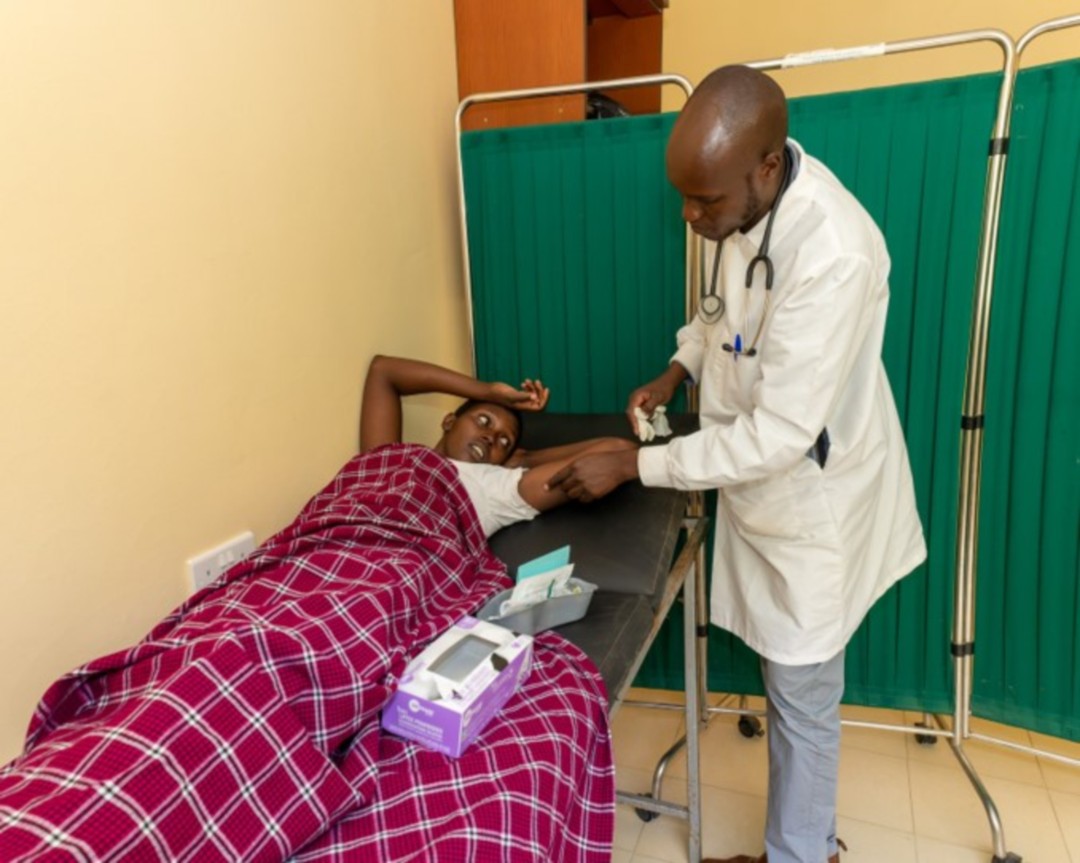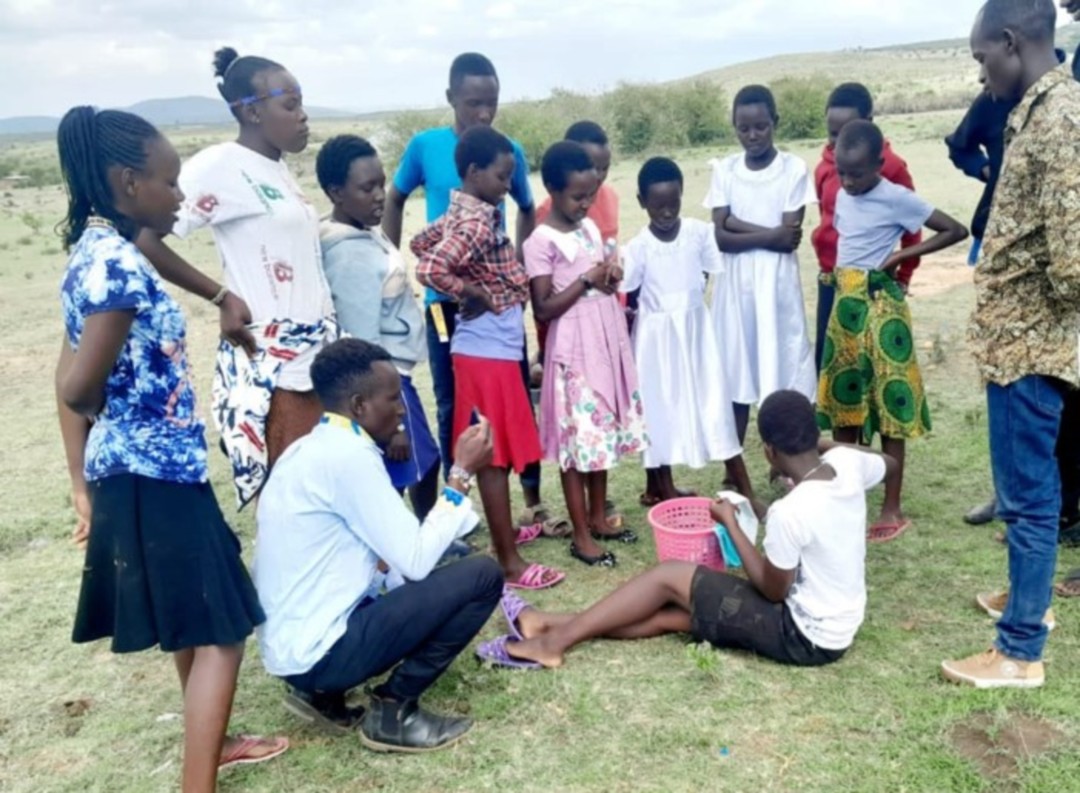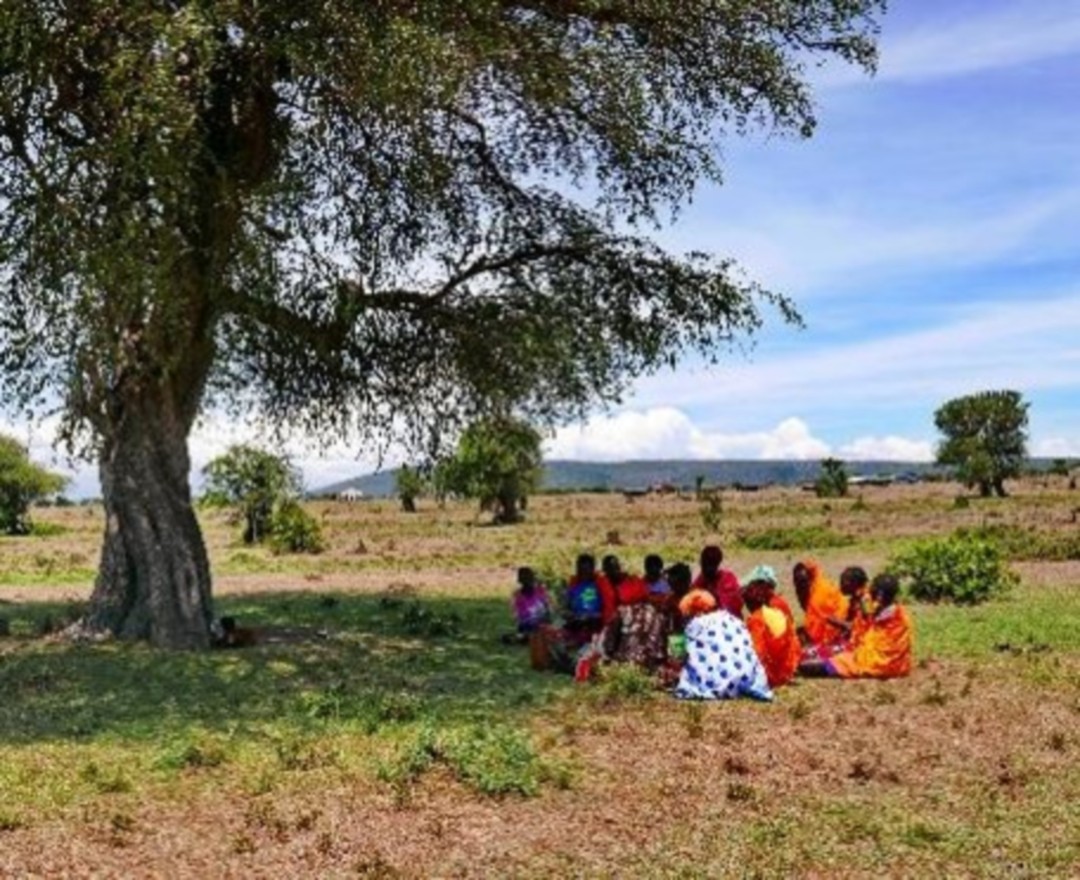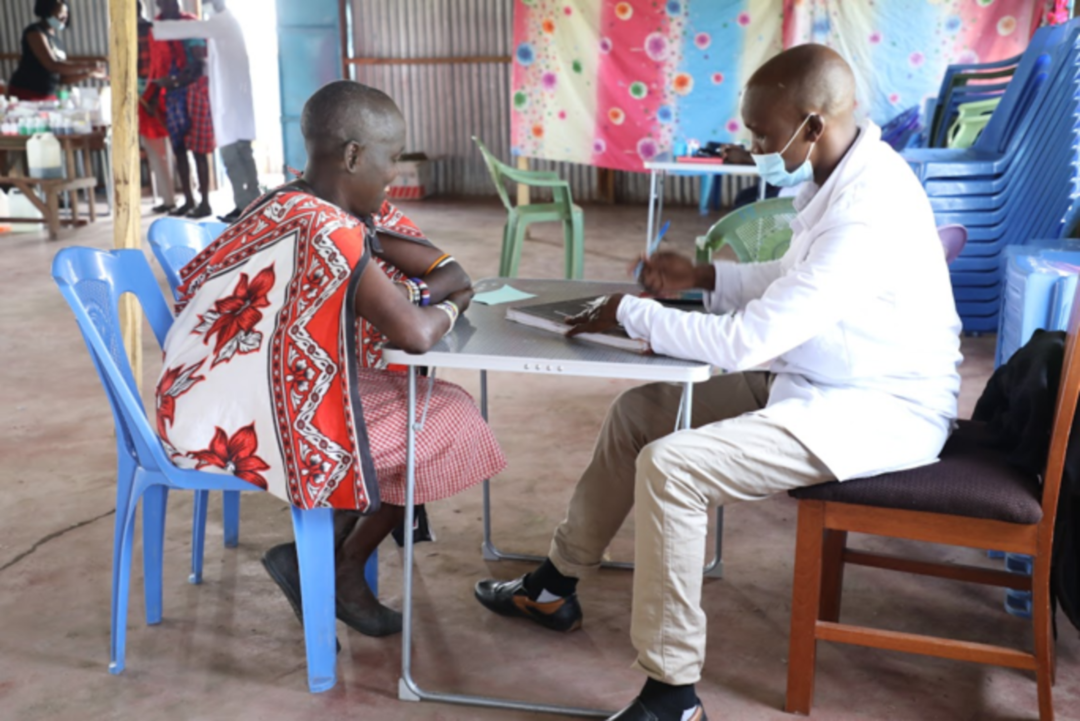Masaai Mara Adolescent Health Services
The project led by CHASE Africa in the Maasai Mara region of Kenya, builds on a previous project that successfully promoted access to reproductive health knowledge, information and services for adolescents and youth. The new initiative will improve access to and uptake of youth friendly health services in Narok West subcounty. More specifically 8 nurses/clinicians from 8 partnering health facilities will be trained for the first time on Adolescent Sexual Health and Rights (ASHR). 16 more clinicians/nurses from the partnering health facilities will receive refresher training on ASHR. In addition, specific health services will be provided to 1,250 youths through 10 backpack nurse outreaches each month in hard to reach areas.
Founded in 2000, CHASE Africa is a registered Charity in the UK dedicated to enabling women, girls, men and boys in remote environments to access primary healthcare, to choose the timing, number and spacing of their children and to manage their natural resources in a sustainable way.
News
Type
Education / Health / EnvironmentDuration
1 July 2023 - 30 september 2024Location
Narok county / KenyaWith whom
CHASE Africa
Website
https://www.chaseafrica.org.uk/






See also
Kenya
Population
49.7 million (2017)
Per Capita Income
USD 1,460/year (2017)
Poverty rate *
36% (2015)
Literacy rate
79% (2016)
Human Development Index
142nd out of 189 countries (2018)
Kenya’s macro-economic conditions have progressed over the past decade, improving the welfare of its population. However, a quarter of its population lives in urban informal settlements, arid and semi-arid rural areas and remain vulnerable to poverty, conflict, structural underdevelopment and disease. Even though national absolute poverty has declined overall, it remains high compared with neighbouring countries. Primary school enrolment has reached 100%. Access to household services such as electricity, improved drinking water and sanitation has steadily increased, even though coverage remains low (23%, 47% and 33% respectively). Youth unemployment and vulnerability to climate change remain key challenges.
Sources: World Food Program, UNICEF, World Bank, 2016 Human Development Report, Human Development Indices and Indicators (2018 Statistical Update)
*The percentage of the population living below the national poverty line.